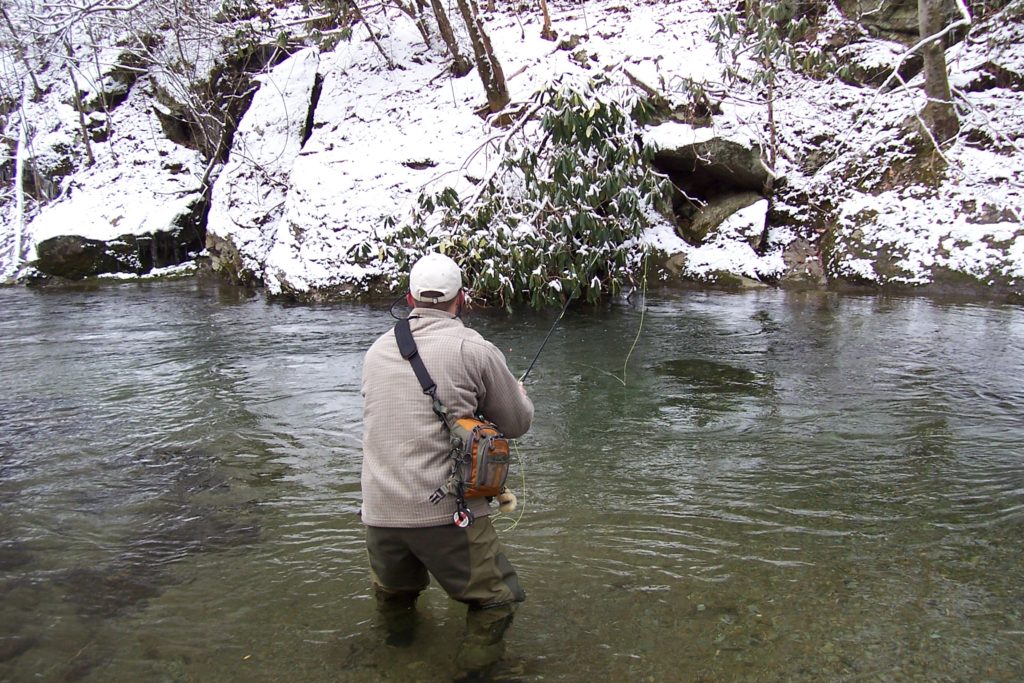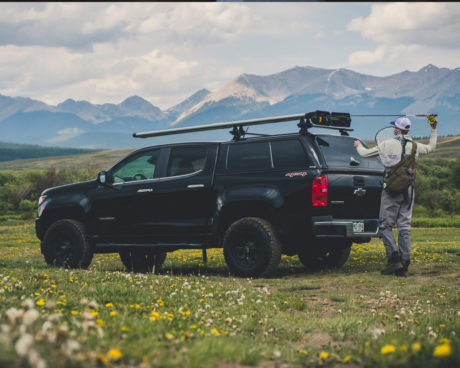
Date of Report
January 31, 2021
Location
Smoky Mountains
Water Levels
Little River: 525cfs / 2.69 feet
Pigeon: 744cfs / 2.49 feet
Oconaluftee: 933cfs / 2.46 feet
Water Temperatures (approximate)
Low elevations: 37 – 40 degrees
Mid elevations: 33 – 36 degrees
High elevations: 32 degrees
Current Conditions
Conditions are what you’d likely expect entering February. Water temperatures are way below ideal and fishing is very slow. Streams are running full from recent rainfall, particularly on the TN side, and some of the bigger streams may be difficult to wade.
Projected Conditions
Pretty rough week ahead. Significant snow is expected in the mountains tomorrow. In addition to slow fishing, expect a number of road closures. Cold weather persists through the week, capped off by rain for the weekend.
Tips
With water temperatures likely in the 30’s all week, the only reason to get out is simply because you want to get out. Fish can be caught in these conditions but activity will be very sparse. Plan on nymphing deep and slow and try to focus on pools and slower parts of runs.
Other than seeking out slower water, you want to fish the warmest water possible right now. Try to concentrate your efforts on the middle of the day, stick to the lower elevations and look for areas that get a little more sunlight.
Hatches/Fly Suggestions
There is very little in the way of hatches this time of year but you may run into the occasional Blue Wing Olive. Small dark stoneflies and caddis may also make an appearance. Most everything coming off the water will be small, in the #18 – 20 range. I would primarily fish dark colored nymphs deep and slow. A black or olive Zebra Midge would be a good bet. I do well with “peacock flies” in the #14 – 16 range this time of year, like Zug Bugs, Prince Nymphs, etc. In the right water, a larger stonefly nymph may entice a nice brown trout.
Featured Fly








